The year is 2011, and the motorcycle racing world has just had a series of huge upsets.
Locked in the middle of a global financial crisis, brands were already struggling to make ends meet before a combination of an earthquake and tsunami struck Japan – home of many of MotoGP’s key manufacturers – causing terrible loss of life and making the economic situation exponentially worse.
On top of that, MotoGP is already preparing to introduce radical new rule changes for the following season, scrapping the controversial 800cc machines after only five years and going back to one-litre engines for 2012.
The 800cc engines were brought in to increase safety by reducing capacity (and as a result, power) compared to the original four-stroke 990cc machines. The plan backfired spectacularly when the new engines proved to be higher-revving and far more aggressive, turning lower-speed front end crashes into vicious highsides that harked back to the days of 500cc two-strokes.
The impact of all those factors is a depleted grid, with the 2012 season set to kick off with a paltry 12 entries – only four bikes apiece from Honda, Yamaha and Ducati following the withdrawal of Suzuki at the end of 2011 and with no interest whatsoever from brands like Kawasaki, Aprilia or KTM.

What was needed was a radical redesign for MotoGP itself. It came in the form of the Claiming Rule Team – a much-derided class-within-a-class that started as a laughing stock and ended up becoming the foundation for the most competitive international motorsport series in the world.
The original plan for the CRT entries was simple: pad out a poor grid with superbike-derived machines that would be vastly cheaper to build than the pure prototypes that everyone expected to be at the front of the grid, and let the established factories ride out the storm without the whole championship taking too much of a hit.
Year one of the concept was an odd assortment of thrown-together machines, rapid updates and barely modified street bikes
In order to help the new bikes be a little more competitive, even if it was just to close the gap covering the grid rather than to let them win races, they also received some fairly hefty concessions in the rule book – a move that was destined to change the entire path of MotoGP within a decade.
They were allowed to use 12 engines per rider rather than six and were fitted with 24-litre fuel tanks instead of the 21 of the factories. They also soon got the gift of a softer tyre option as well.
Even more significantly, for year two a new control electronic system was introduced to further close the gap. It saved teams from having to worry about developing their own rider-aid packages. Instead they could just slot in Magnetti Marinelli’s off the shelf parts and software.
In fact, the whole concept wasn’t even an entirely new one for MotoGP – with the WCM team attempting the exact same thing back in 2003 only to be disqualified at only the second round of the year.

WCM had built a Harris-framed bike around a modified Yamaha R1 engine. The case was eventually decided in favour of the MotoGP rulebook at the Court of Arbitration for Sport and the project died a quiet death before it ever really got underway – yet that plan was actually written into the same rulebook for 2012. Tough times sometimes call for tough solutions, after all.
The claiming rule name came from one of the key tenets of the new sub-class: for the paltry sum of €15,000 (or an extra €5000 for a gearbox too), any factory could buy any team’s engine.
Dall’Igna informed the MSMA that for the 2014 season Ducati would abandon its factory status, instead electing to join the CRTs
Originally a concept from American racing, it was designed to keep costs low and racing closer by limiting the amount of investment and negating any super-complicated designs – although in reality, it was a concept that turned out to be largely self-governing and it’s not clear if any engine was ever actually purchased by a rival.
That may be in part due to just how little a threat the first generation of CRT machines ever presented to the trio of factory teams.
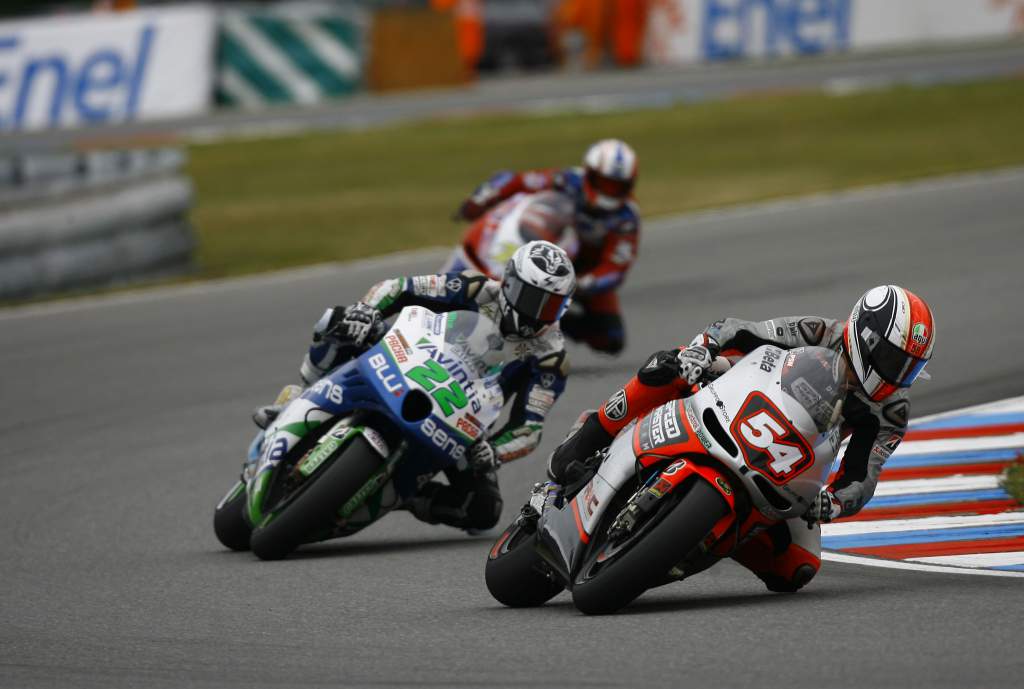
Looking more like the contents of an autojumble than the premier class of two-wheeled racing, year one of the concept was an odd assortment of thrown-together machines, rapid updates and barely modified street bikes.
Seven teams entered that year on a full-time basis, somehow managing to get through eight different specs of bike and a whopping 17 different riders. Bikes from frame manufacturers like Suter, Ioda and FTR filled the grid, while Kawasaki, Honda, Aprilia and even BMW provided highly-modified engines.
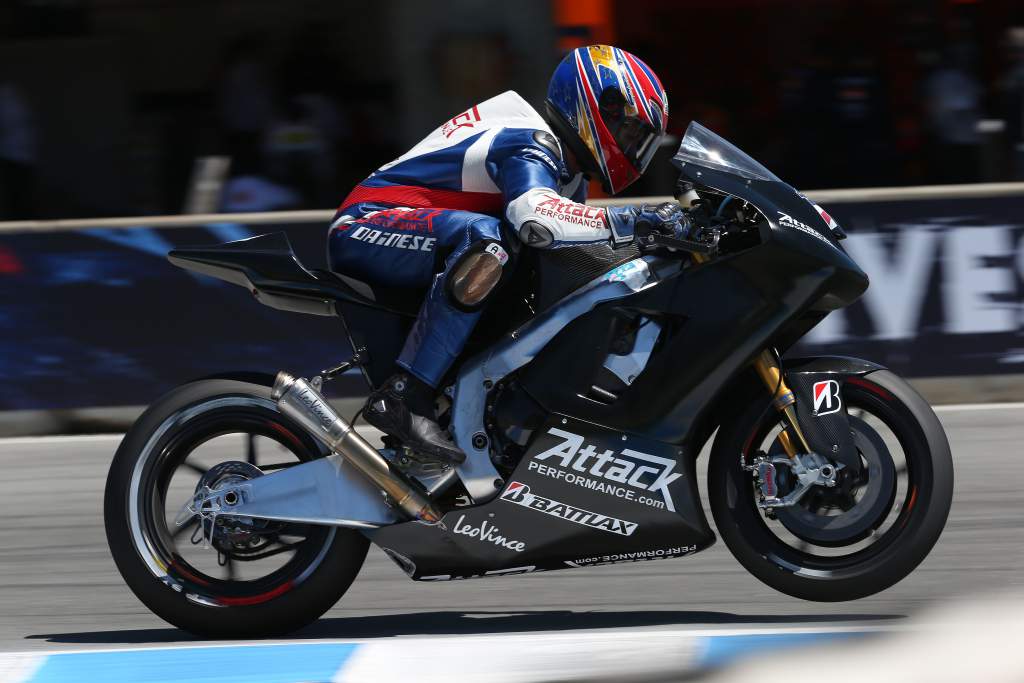
There were even a number of wildcard entries from teams normally more associated with superbikes than prototypes, as MotoAmerica teams Attack Performance Kawasaki and BCL Motorsports essentially hacked together a new frame for their superbike engines and rocked up at Laguna Seca and Indianapolis.
Looking back now with the benefit of hindsight, while many of the grid might have been on quickly thrown-together projects knocked up in someone’s shed (looking at you in particular here, Esponsorama Racing [then BQR], with your three different specs of bike and eight riders!), there’s one that stands out as a completely visionary concept.
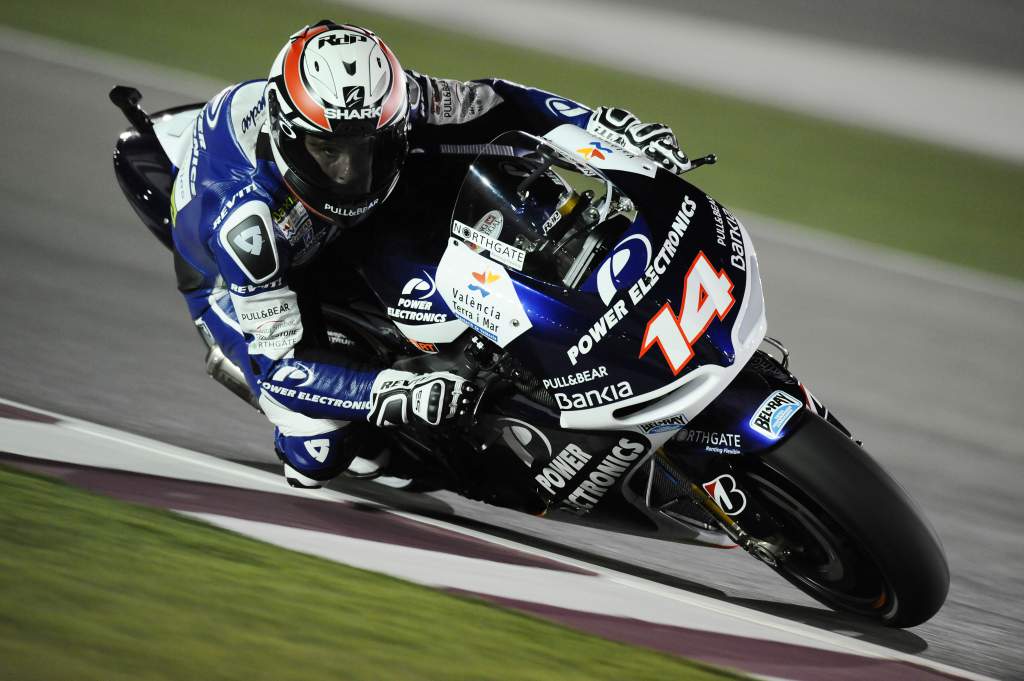
Because while half the grid might have been hacked together, Aprilia was the first manufacturer to get involved in the new concept, bringing its ART GP12 machine for the likes of Randy de Puniet, Aleix Espargaro and Mattia Pasini.
Essentially a heavily modified, tuned and beefed-up Aprilia RSV4 superbike, it was the first factory supported effort on the new grid. Providing bikes to six teams from a production line much more akin to that used by the ‘regular’ teams at the front of the grid, it demonstrated that it was possible to build a MotoGP machine for less money.
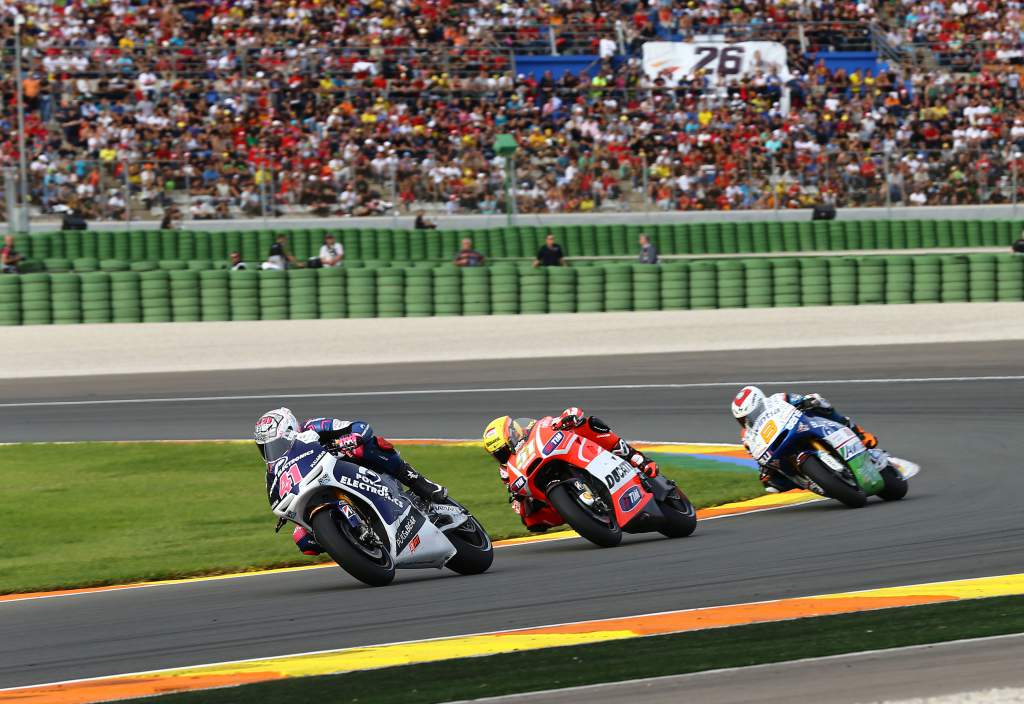
That was reflected in the results, too, with Aprilia finishing both the first two seasons in fourth place, closer to Ducati on points than Ducati was to Yamaha in second place. The bikes might not have been ready to win just yet, but the seed of what CRT represented was planted in the minds of some very smart people.
That was going to come to a head before the start of the 2014 season, when one of MotoGP’s regular progenitors of change – engineering genius Gigi Dall’Igna – had an idea. He was by then very familiar with CRT rules thanks to his time overseeing the Aprilia project, and the stage was set for his masterplan when he made the move to Ducati for 2014.
Ducati was in a dark place when Dall’Igna arrived. Five years after the departure of championship winner Casey Stoner to Honda and just after the end of the disastrous Valentino Rossi era, MotoGP’s only European factory was far behind its Japanese rivals.
Seemingly permanently relegated to third out of three in the manufacturers’ standings, Ducati needed something radical to return it to competitiveness – and Dall’Igna saw the answer in the CRT rulebook.
He played his trump card right away, immediately informing the Motorsport Manufacturers Association that for the 2014 season Ducati would abandon its factory status, instead electing to join the CRTs, now renamed to the Open class.
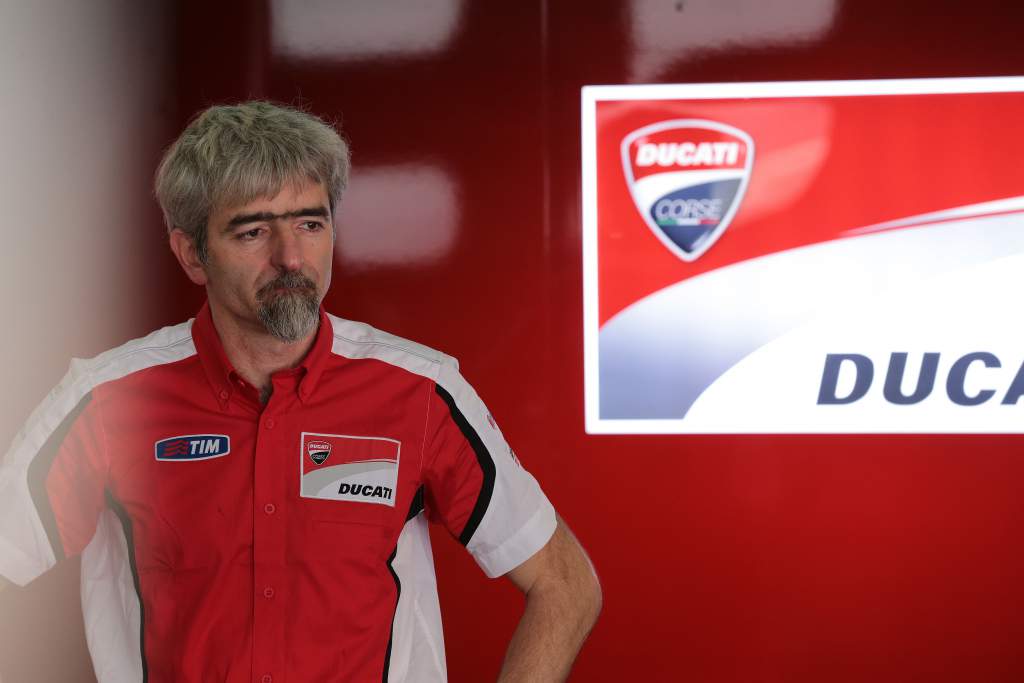
It was a move that Honda was already preparing to make as well – but in a very different way, with the introduction of the ill-fated RCV1000R, essentially a stripped-down RC213V missing many of its special features like pneumatic valves and a seamless gearbox.
Typically for Honda, it believed it was following the spirit of the rules by providing a lower-cost and lower-quality machine to satellite teams in order to bulk out the back of the grid – rather than using the rulebook to the advantage of its factory team like Dall’Igna was planning.
A hurried compromise was soon reached – which, in hindsight, may have been the Ducati strategy all along. For 2014, Ducati was permitted to run a number of satellite bikes in the Open class under the new rules, benefitting from the concessions offered – but in return for keeping its factory team as a factory effort, sweeping changes would be made to the rules for 2016.
Those changes would include the introduction of the control electronics package across the board, not just for the Open class teams – but most importantly of all, would also offer concessions to every team on the grid if their performance was deemed to merit it to close the gap to the frontrunners.
The rest is, as they say, history. Ducati was the first to move a team over to the new electronics when Avintia Racing and Hector Barbera utilised them in 2014 (and took the Open class championship with ease in 2015) – and that paid off.
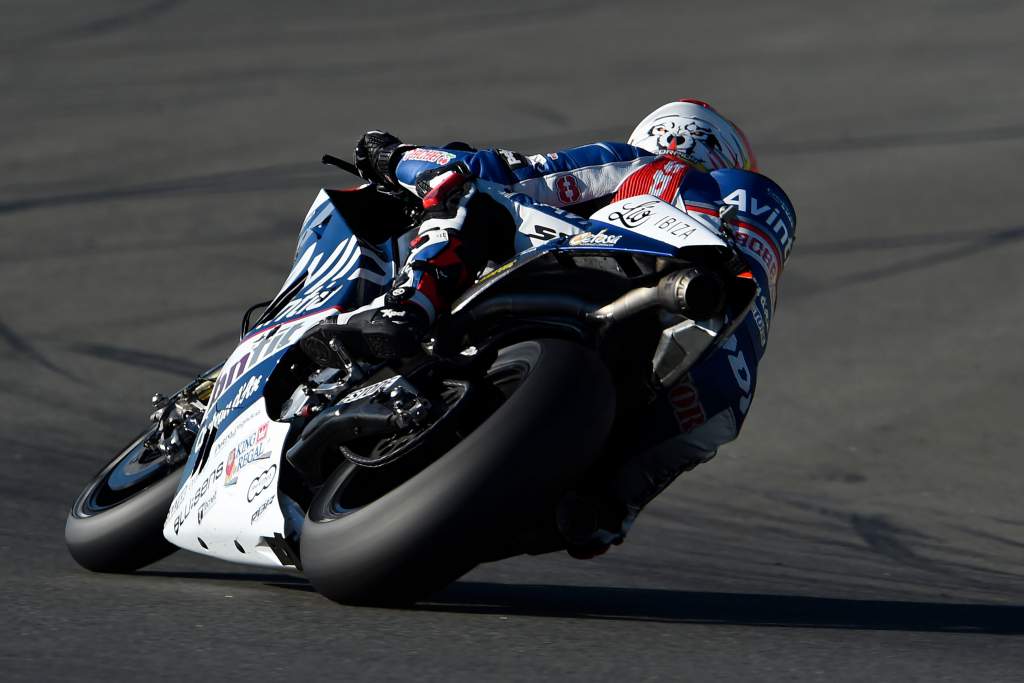
When Ducati plugged the now mandatory Magnetti Marinelli system into its works bikes in 2016, it knew exactly what to expect from it. And that marked the start of a resurgence for the brand that took Andrea Dovizioso to the runner-up spot in the riders’ championship for three years in a row and took Ducati to the 2020 constructors’ title.
But the reforms and the concession status also had a sweeping impact across the grid, by creating an unfair advantage for new teams willing to risk a go at MotoGP.
Aprilia, able to upgrade its CRT project into a fully-fledged Grand Prix effort, was the first to step up to the mark, with a Suzuki return and KTM’s move up from Moto2 and Moto3 soon doubling the grid to six manufacturers.
With the newcomers aided by not having to develop their electronics and also by being able to test all season long and to prototype engines while the established factories faced a season-long development freeze, the rules that had grown out of CRT made an immediate impact.
KTM is now a three-time race winner in only its fourth season in the premier class, while Suzuki has turned around a project mired in disaster as recently as 2017 to become the underdog world champion in 2020 with Joan Mir.
The knock-on effect of strong manufacturers is a strong field all through the entry, too. Gone are the days of bodged-together frames carrying superbike engines, instead replaced with a field of almost-entirely factory spec machines.
Every MotoGP fan on earth owes a special debt of gratitude to that collection of crap bikes that made up the 2012 grid
It’s no secret that series organiser Dorna’s goal is a grid of 24 machines, with each factory supplying two bikes for their own team and two more to a satellite operation. In reality, as manufacturers realise the benefit of more data, we’ve ended up with a field of 22 machines right now where 19 of them will be the latest models.
It’s been a long road to get there, from the era of depleted grids, modified road bikes and unheard-of riders barely qualifying for races – but it’s fair to say that the current rulebook, born out of the CRT era, has made MotoGP one of the most competitive race series in the world right now.
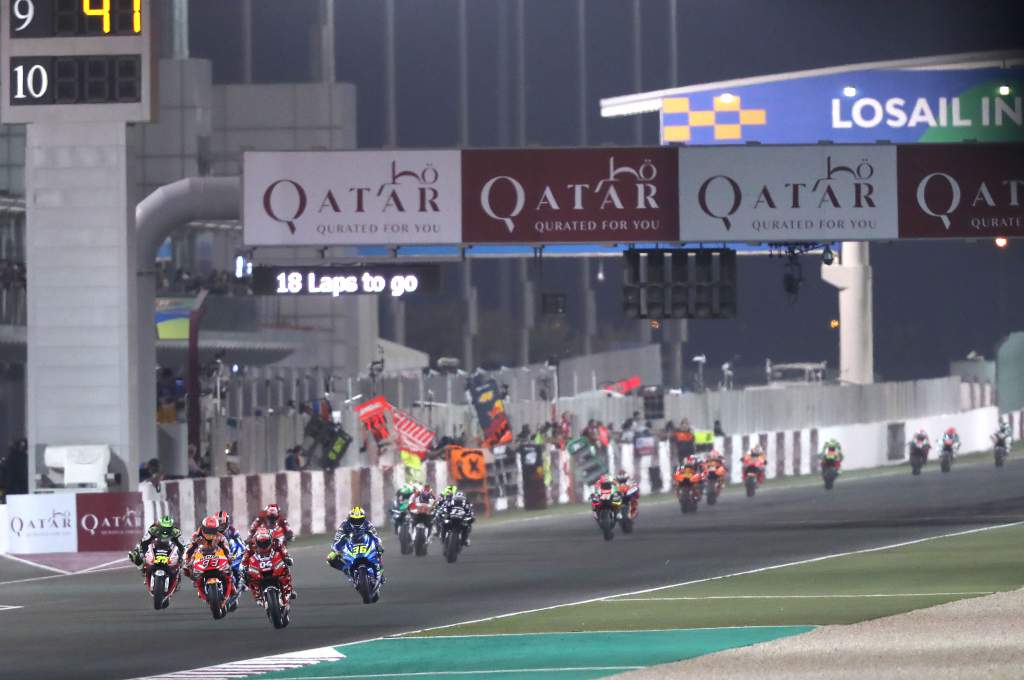
The stats back that up, too. Just look at the 2019 Qatar Grand Prix, for example, where only 0.023 seconds covered winner Andrea Dovizioso and Marc Marquez at the chequered flag. However, far more impressively, fifth placed finisher Valentino Rossi was a mere 0.6s back on Dovi, while Johann Zarco brought his KTM home in 15th place, only 15.093s from the win.
The 2020 title battle was even closer. Amid nine different winners from 14 races, Mir won the title by 13 points – but his team-mate Alex Rins in third ended up just seven points clear of Jack Miller in seventh.
Satellite team Petronas SRT Yamaha almost won the teams’ championship, relative rookie KTM beat Honda in the constructors’ series, and four of the six manufacturers on the grid won races.
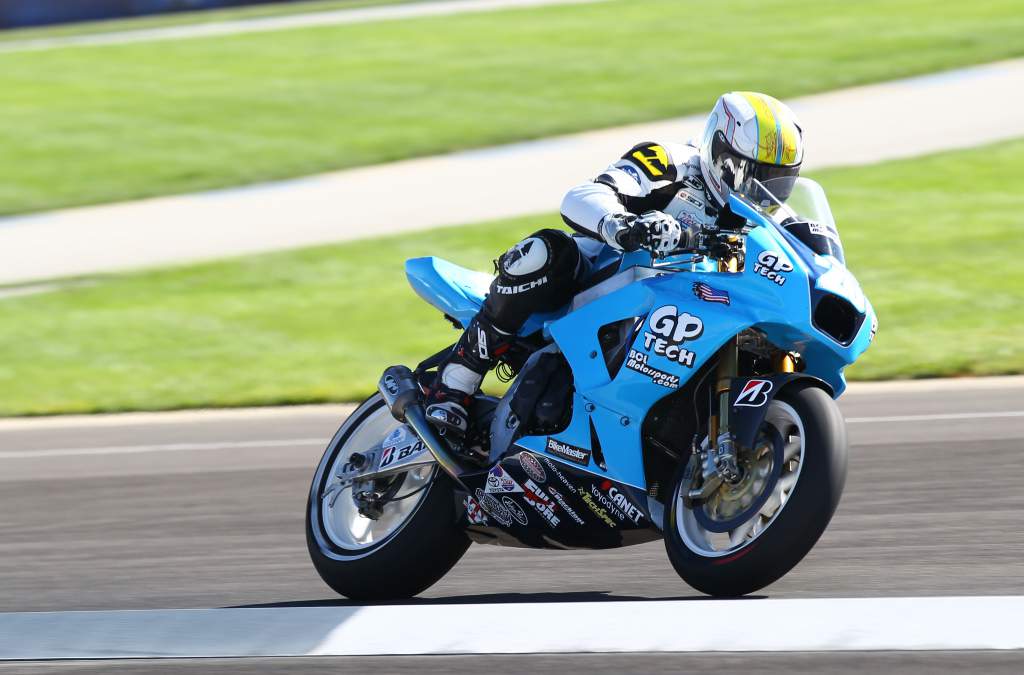
The foundation for what we’re witnessing was born, despite considerable derision at the time, from the genius of the CRT era.
While they might have been mocked at the time, every MotoGP fan on earth owes a special debt of gratitude to that collection of crap bikes that made up the 2012 grid!







